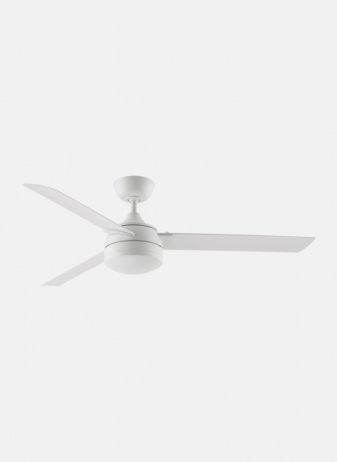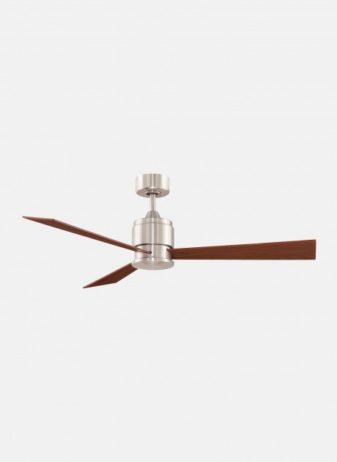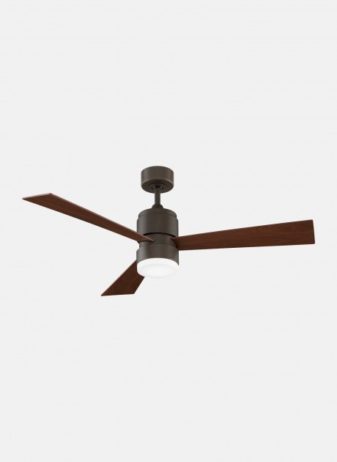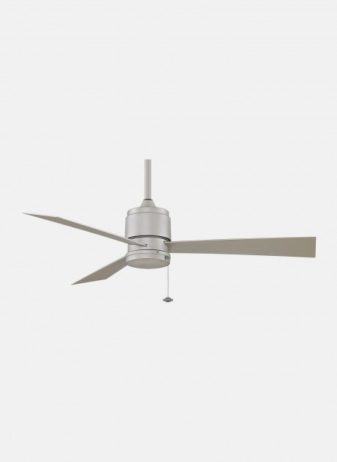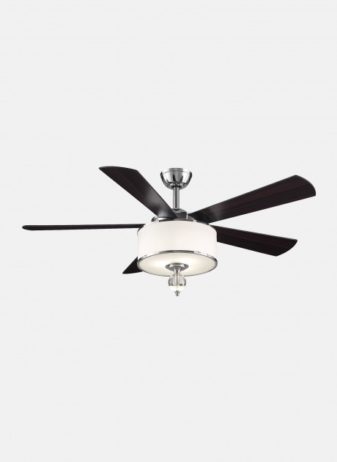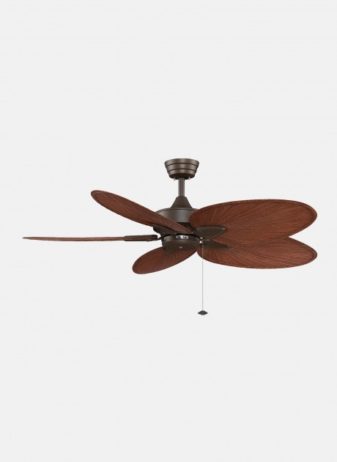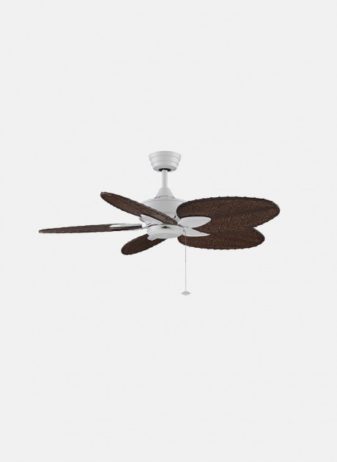Ceiling Fan Guide: What is the right size fan for my room?
A ceiling fan is there to make your life more comfortable; allowing you to get on and enjoy the room where the fan’s situated. If you get the wrong size ceiling fan for a room, then quite simply, it’s not going to look or feel right. If the fan is too small for the room, it’s not going to move enough air to keep you feeling comfortable. If the fan’s too large, it could move too much air and be overpowering.
Here are a few points to bear in mind…
Work out the dimensions of the room
You need an accurate idea of the size of the space the fan will be providing coverage for. To do this, you need to measure the room. Use a tape measure to measure the width and length. To get the total square footage of the space, you need to multiply the width and length dimensions. Make a note of this calculation as you’ll need it later when it comes to actually choosing new ceiling fans.
Check our bestsellers!
There’s another important aspect of the size of the room that you’ll need to take into account – and that’s the height. This is because you want the air to move and circulate effectively – but you want to do it at a height where you’re going to actually feel the difference.
If the ceiling height is less than 8 feet, you need to look for low profile ceiling fans.
At the other end of the scale, if the ceiling height is in excess of 10 feet, you should look for ceiling fans that feature a downrod to suspend the fan blades to hang at least 7 feet above floor level.
Next, look carefully at blade span
When you’re looking around for ceiling fans, you’ll see that the size of the fan is measured with reference to the blade span (sometimes referred to as the blade sweep). Obviously, if you’re considering buying ceiling fans over the Internet, this can’t be measured in person and you have to go by the accompanying product description. If on the other hand, you’re one of the many people who likes to go look at the fan to see what it looks like ‘in the flesh’ before you buy, it helps to be able to quickly gauge the span (particularly if there isn’t an accompanying label nearby, telling you what the blade span is).
You’re looking for the diameter of the fan so it’s pretty basic math. In case you’ve forgotten it though, here’s a quick rundown:
- If the ceiling span has an even number of blades, all you need to do is measure the distance between the tips of opposing blades.
- If the ceiling fan has an odd number of blades, you measure the distance from the center of the fan to the tip of one blade to get the radius. You then double this to get the diameter – or blade span.
Match blade span to room size
It’s important to remember that there are no absolute rules when it comes to matching a particular fan to a room. Personal preference plays an important part, of course, and it’s also worth paying close attention to the construction and make-up of the fan (in particular, the thickness of the blades). You’ll know yourself in general terms whether a fan’s going to generally ‘fit in’ within the space you’ve got in mind for it. Nevertheless as a rule of thumb, bear in mind the following:
- For a room 80 sq. ft. or less, look for a 24”- 42” blade span
- For a room 100 – 150 sqft look for a 44”- 50” blade span
- For a room 150 – 300 sqft look for a 52”- 60” blade span
- For a room 300 sq. ft. or larger, look for a 62” or larger blade span
Check our bestsellers!
Look at positioning
Generally, you’ll be looking to position the fan centrally within a room. Of course, not all rooms come with standard ‘square’ dimensions. You may also have preferences as to where you do and don’t want the fan to be positioned within that room – especially if you’re one of those people for whom a fan in the corner of the eye is a distraction. Here are some additional points to take into account:
- Keep the distance between the fan blades and the ceiling at the optimum distance of 8-10 inches to ensure efficient circulation of air
- Keep the distance between blades and any light fixture at a minimum of 39 inches
- Keep the distance between the fan blades and any wall at a minimum of 18 inches.
- The same goes for doors and ceiling height cabinets.
You want your family and guests to be safe, comfortable and not overpowered or distracted by a poorly constructed, noisy and ineffective fan fixture. The added bonus of course, is that a high quality ceiling fan can play an important part in enhancing the look of your room.
Shop by Category
The post Ceiling Fan Guide: What is the right size fan for my room? appeared first on Thingz Contemporary Living.

